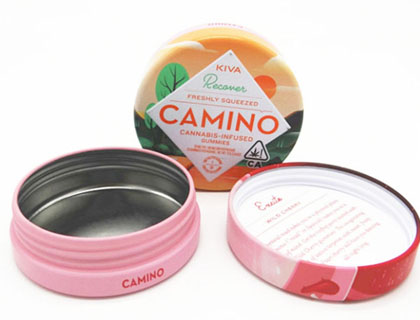What Is the Shelf Life of Packaged Cannabis?
The shelf life of packaged cannabis can vary depending on several factors, including the storage conditions, packaging materials, and the type of cannabis product. Proper storage and handling are crucial for maintaining the quality, potency, and freshness of packaged cannabis. In this article, we will discuss the general shelf life of packaged cannabis and provide tips for maximizing its longevity.
Understanding Shelf Life:
The shelf life of packaged cannabis refers to the period during which the product retains its quality, potency, and effectiveness. Over time, various factors can degrade cannabis, including exposure to light, heat, oxygen, and moisture. These factors can lead to changes in color, aroma, taste, and potency, reducing the overall quality of the product. It is important to note that different cannabis products, such as dried flowers, concentrates, edibles, or tinctures, may have varying shelf lives due to differences in their composition and processing.
Packaging Materials:
The choice of packaging materials plays a significant role in preserving the shelf life of packaged cannabis. High-quality packaging should provide protection from light, oxygen, moisture, and other external factors that can degrade the product. Commonly used packaging materials for cannabis include opaque containers, glass jars, vacuum-sealed bags, or airtight cans. These materials help create a protective barrier and minimize exposure to harmful elements that can accelerate the degradation of cannabis.
Child Resistant Matte Black Glass Jar
Storage Conditions:
Proper storage conditions are crucial for maintaining the quality and longevity of packaged cannabis. Here are some key factors to consider:
a. Temperature: Cannabis should be stored in a cool environment to slow down the degradation process. The ideal temperature range for storage is typically between 15°C and 25°C (59°F to 77°F). Avoid storing cannabis in areas where temperature fluctuations are frequent, such as near windows or heating/cooling vents.
b. Light: Exposure to light, especially UV rays, can degrade cannabinoids and other compounds in cannabis. It is recommended to store cannabis in opaque or dark-colored containers that provide protection from light. Keep the containers in a dark or dimly lit area to minimize light exposure.
c. Humidity: Excessive moisture can lead to mold or mildew growth on cannabis, while low humidity can cause the product to dry out. The ideal humidity level for storing cannabis is around 59% to 63%. Use humidity packs or moisture-control methods, such as placing a small piece of orange peel or a humidity control pack, to maintain proper humidity levels.
d. Air Exposure: Oxygen can accelerate the degradation of cannabinoids through oxidation. Ensure that the packaging is airtight and properly sealed to minimize oxygen exposure. Avoid frequent opening and closing of containers, as it can introduce fresh air and compromise the quality of the cannabis.
e. Contamination: Protect packaged cannabis from potential contaminants, such as pests, dust, or strong odors. Store cannabis away from cleaning agents, chemicals, or other substances that may affect its flavor or aroma.
Child Resistant Gummy Tin Box Packaging
Dried Flower:
Dried cannabis flower, the most common form of cannabis, typically has a shelf life of 6 to 12 months when stored properly. Factors such as strain, cultivation practices, and drying and curing methods can affect the longevity of dried flowers. To maximize the shelf life of dried cannabis flowers, store them in a sealed container in a cool, dark place with controlled humidity levels.
Cannabis Concentrates:
Cannabis concentrates, such as oils, waxes, shatter, or budder, can have a longer shelf life compared to dried flowers. When stored properly in airtight containers and kept away from heat and light, concentrates can remain potent for up to one to two years.



评论
发表评论